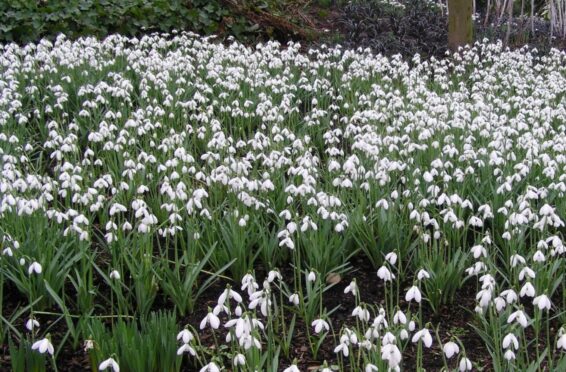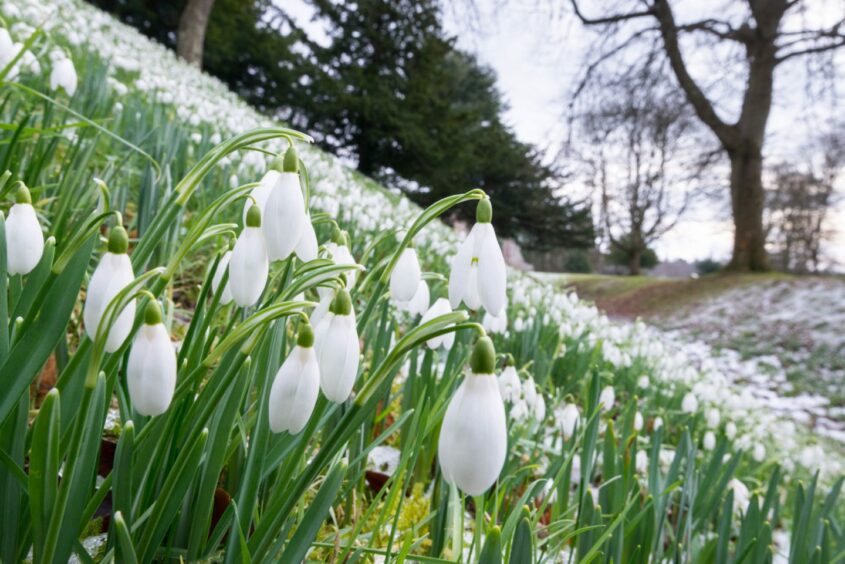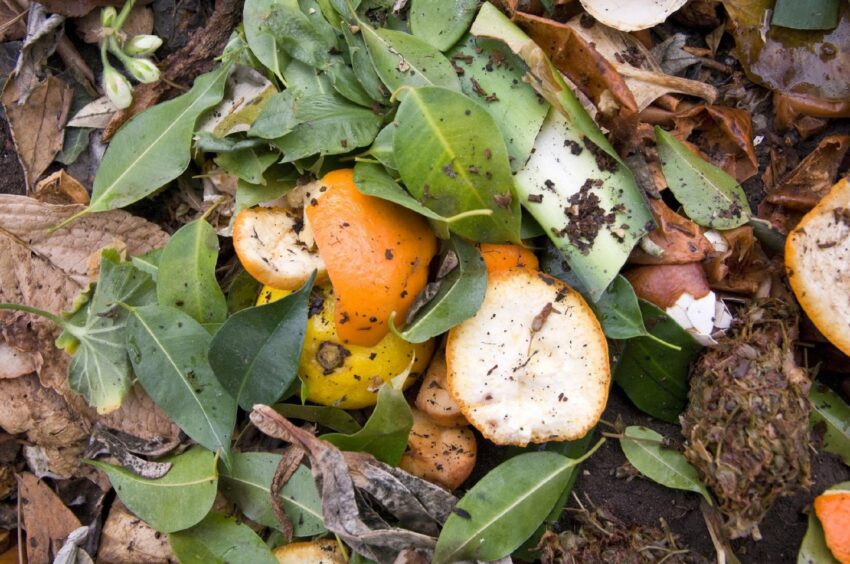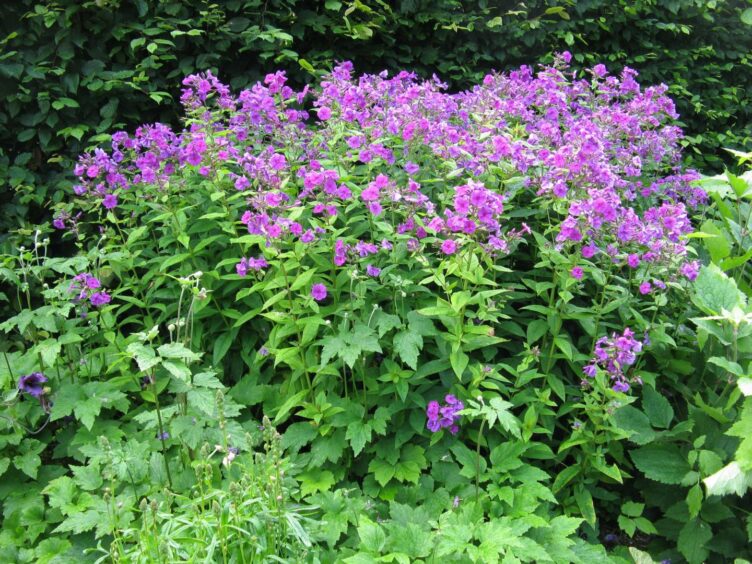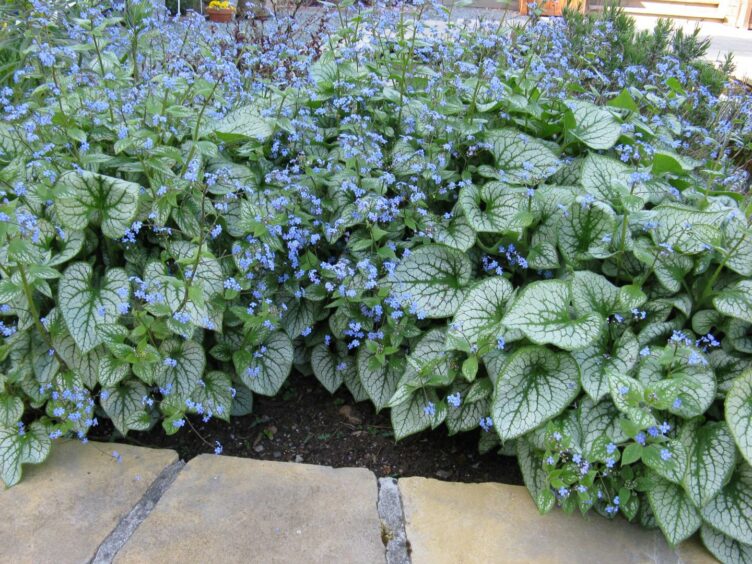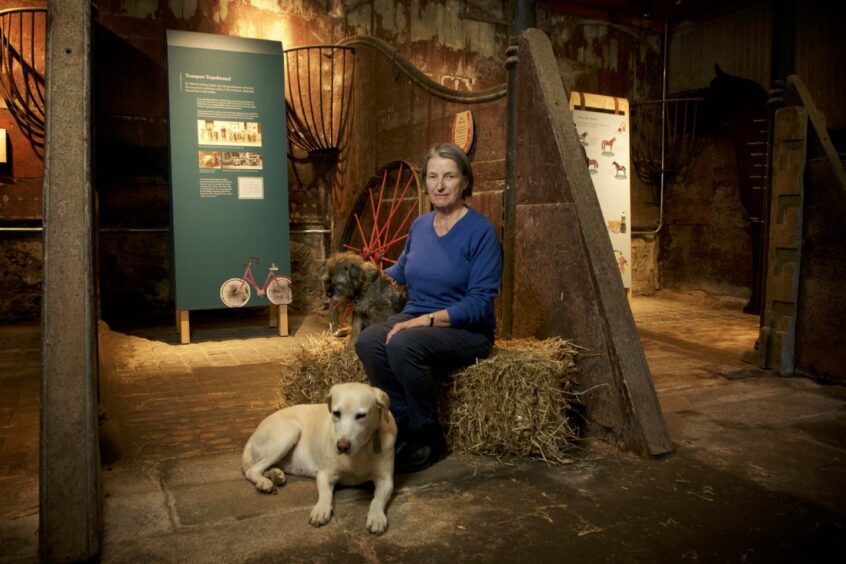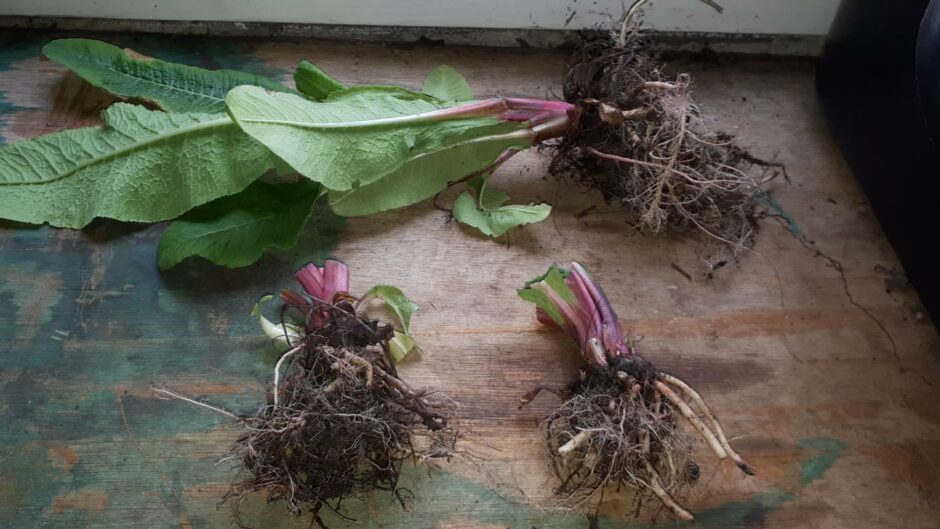Experienced gardeners looking to increase their stock of snowdrops, or perhaps simply to establish them in a new bit of the garden, will know that the most successful way to do it is whilst they are still “in the green”.
In other words, they are best moved as soon as they have finished flowering while the foliage is still fresh.
Obviously, it is a useful way to thin out clumps that might be getting a bit congested.
A simple indication of that is when you find some clumps with few flowers.
It’s time to dig ’em up, then carefully tease the bulbs apart quite gently into mini-groups (it isn’t essential to single them out) and plant them back in their new situation at the same depth.
Before doing so, add a little bone meal to the soil in the new site and work it in.
That should act as a reminder to feed patches of established bulbs and other herbaceous perennials at this time, as they begin to emerge from their winter sleep.
The slow-release organic bone meal would be my choice for this job.
Transplanting herbaceous plants
There is no doubt that the ground is beginning to dry out a bit now and many of the early herbaceous plants, as I say, are wakening up.
Some of the clumps may be getting rather big, some may be showing dead areas in the centre leaving ugly gaps, and some may be harbouring perennial weeds which ought to be removed before they become a positive menace.
Let’s deal with that first.
The first move should be to dig up the plants carefully to be able to separate the goodies from the baddies.
The plants you wish to keep can be set aside in a sheltered spot whilst you tease out the weeds and consign them to the compost heap.
If you cannot get at all of the weed roots and foliage, you may have to leave the area bare until they grow a little, to be able to dig out all the little pieces as they start to regenerate.
Only when you are convinced that you have cleared the area can replanting begin.
Times were when I would have suggested spraying weed growth with a herbicide, a technique I am still inclined to favour, if the chemical is used sparingly.
Otherwise you leave the area bare, digging out the weed as it reappears. Alternatively, you might wish to cover the infested area with a sheet of dense polythene, well anchored down to starve the unwelcome plant of light.
Trouble is some of them will travel underground for significant distances and pop up outwith the ground cover, amongst your other plants.
Which reminds me of a novel technique practised at Cambo Estate, famous amongst other things for its wonderful snowdrop displays which gave rise to the annual Snowdrop Festival, now made popular at various gardens across the country every spring.
Forgive me if I have told you this tale before.
Boss lady at Cambo – Lady Catherine Erskine – devised a really nifty scheme to clear ground for new plantings of snowdrops.
The chosen area is surrounded with a netting wire fence to be able to graze the patch with a few pigs.
Because of their grazing habits, ere long the patch would be as clean as a whistle allowing the planting to take place.
Not a technique to use at 15 Sauchie Street but you might try it with a few rabbits.
The PS to that tale about Cambo is a delight.
The pigs eventually have little ones which are allowed to run about outside the fence, amongst the visitors.
A magic sight to see, piglets and children running about together, thoroughly enjoying themselves.
Replanting
Back to the replanting process. It is neither difficult nor is it particularly time-consuming.
Having lifted the plants with a border fork, select several pieces of young growth with good root structures to be set aside, in a cold frame or sheltered spot.
I would give them a little spray over with water to keep them cool and turgid. The rest of the plant debris can be shredded to go on the compost heap.
When the ground area is clear, I add some garden compost and fork it in. Before planting, during the final cultivation, I would add a sprinkling of Growmore fertiliser to give the new plants a short-term boost.
Whilst this early growth is quite immature, you can generally spot the leading shoots or “crowns” to be the centre of the new plant, they must also have a balanced root system which can be trimmed before planting.
Because these new individuals are not going to fill up the same area of ground as the parent plant, it is customary to plant them quite close together in a group with a view to taking out every other one in the second year by which time they will have developed somewhat.
